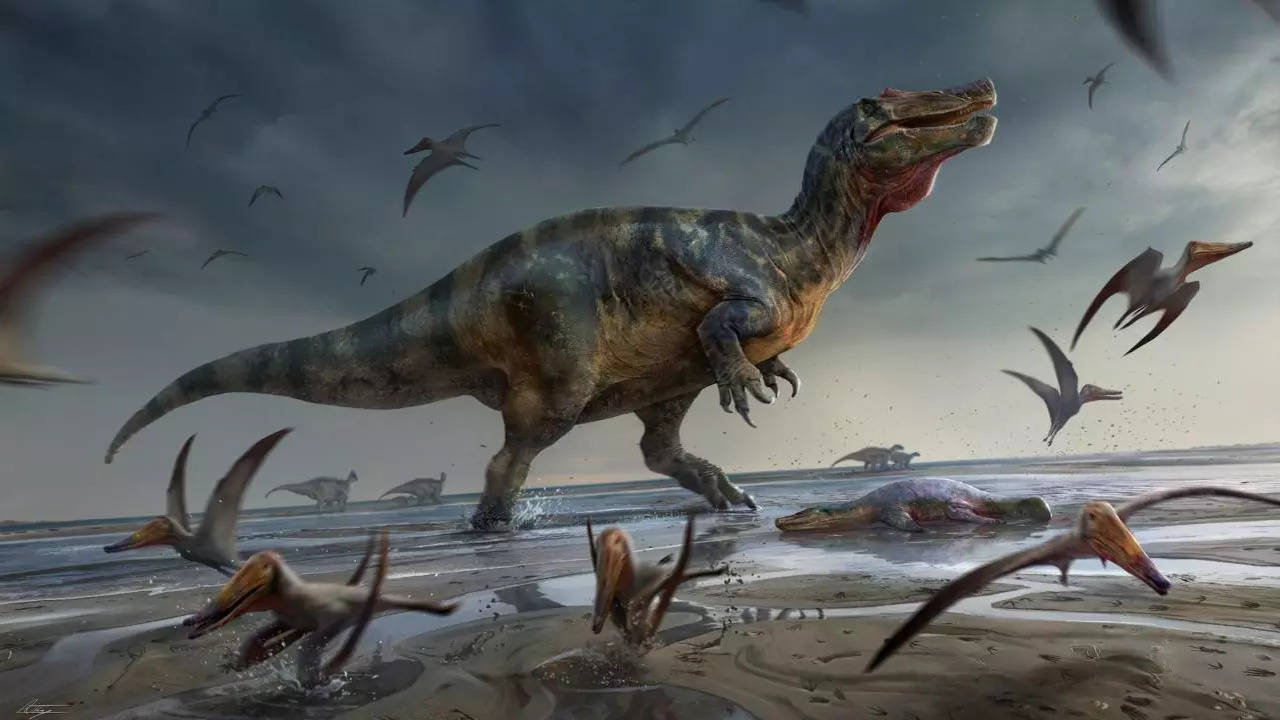
The fossilized remains of a previously unknown type of dinosaur have been discovered on the Isle of Wight. It is the first new species of armored dinosaur discovered on the island since 1865 and is related to the ankylosaurs.
Despite its intimidating look and blade-like armor, the huge reptile, named Vectipelta barretti, only ate vegetation. It was identified in rocks that ranged in age from 66 to 145 million years. Professor Paul Barrett, who has worked at the Natural History Museum in London for 20 years, inspired the name Vectipelta barretti.
He said he was “flattered and delighted to have been recognized in this way”, and insisted “that any physical resemblance is purely accidental”.
Though the new dinosaur is similar to the last ankylosaur unearthed on the island, Polacanthus foxii, scientists do not believe it is the two species were very closely related. The recent discovery would have had more spiked armor as well as distinct neck, back, and pelvic bones, according to scientists. The new species resembles ankylosaurs identified in China, implying that they traveled freely from Asia to Europe during the Early Cretaceous period.
Stuart Pond, a Natural History Museum researcher, said the discovery shed light on the diversity of animals existing in England at the time. He stated that the discovery will prompt the reanalysis of other comparable fossil remnants that experts had concluded belonged to P foxii for nearly a century.
The scientists behind the discovery said the Wessex Formation, where the new species was discovered, was a “hugely important” resource for learning more about how dinosaurs became extinct. There are opposing ideas concerning what caused the mass extinction of dinosaurs 66 million years ago, with asteroid impacts and large volcanic eruptions also being mentioned.
